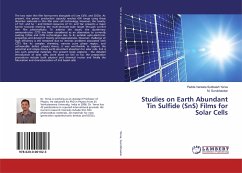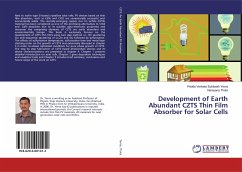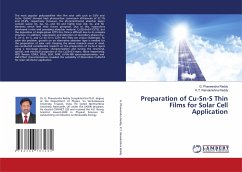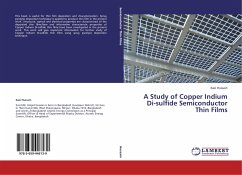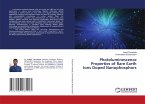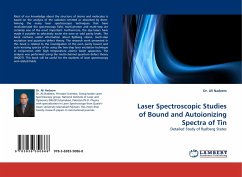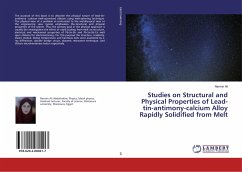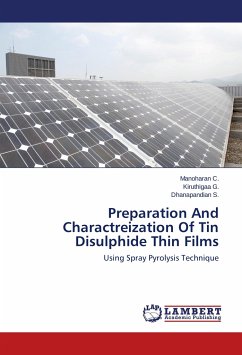The two main thin film forerunners alongside a-Si are CdTe, and CIGSe. At present, the power production capacity reaches GW range using these absorber materials in thin film solar cell technology. However, the toxicity of 'Cd', and Se '; and limited resources of 'In', and 'Ga' presents a major barrier towards meeting the multi-terawatt-scale target through current thin film photovoltaics. To address the issues, the quaternary semiconductor, CZTS has been considered as an alternative to currently existing CIGSe and CdTe technologies due to its suitable opto-electronic properties and devoid of toxicity and expensiveness. However, challenge of high efficiency is still remained due to intrinsic problems associated with CZTS like its complex chemistry, narrow pure phase region, and unfavorable defect physics. Hence, it was worthwhile to explore the potential and simple binary earth-abundant absorbers for solar cells. SnS is one such potential materials. The present book explores - thedetailed introduction of solar cells, work done on SnS so far, the preparation procedures include both physical and chemical routes and finally the fabrication and characterization of SnS based cells.
Bitte wählen Sie Ihr Anliegen aus.
Rechnungen
Retourenschein anfordern
Bestellstatus
Storno

